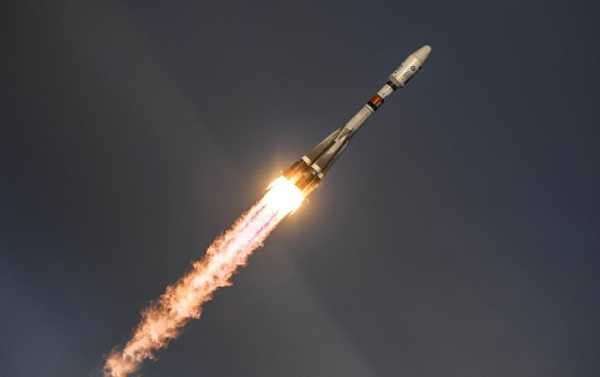
MOSCOW (Sputnik) – The first Russian satellite for weather forecasting and monitoring climate and environment in the Arctic region, Arktika-M, is planned to be sent to near-earth orbit in June 2019, a source in the Russian space industry told Sputnik on Sunday.
“The launch of the Soyuz-2.1b launch vehicle from the Baikonur cosmodrome with Fregat booster and the first hydrometeorological satellite Arktika-M is scheduled for June 2019”, the source said.
The equipment installed on Arktika-M satellite will be similar to the geostationary meteorological satellites of the Elektro-L series. Arktika-M will be placed in a highly elliptical orbit, which will allow it to collect meteorological and hydrological information about the state of the Earth’s polar regions that are poorly covered by Electro-L.
WATCH: Delta IV-Heavy Rocket With US Spy Satellite Blasts Off From California
Arktika-M will periodically move away from the Earth’s surface and shot multi-scale images. It will have a rotation speed different from the Earth’s, so that its shooting angle will change continuously.
After the launch of two devices of this series into orbit, the Hydrometeorological Centre of Russia will continuously receive operational information about the atmosphere and the surface at the Earth’s poles. This will improve the accuracy of models in the preparation of short-term weather forecasts and give scientists a large amount of new data to study global climate change.
Earlier, it was reported that the second Arktika-M satellite was scheduled to be launched in 2021. The federal space program of Russia for 2016–2025 also includes plans to launch another three Arktika-M satellites in 2023, 2024, and 2025, but the contract for their production has not yet been concluded.
Sourse: sputniknews.com






